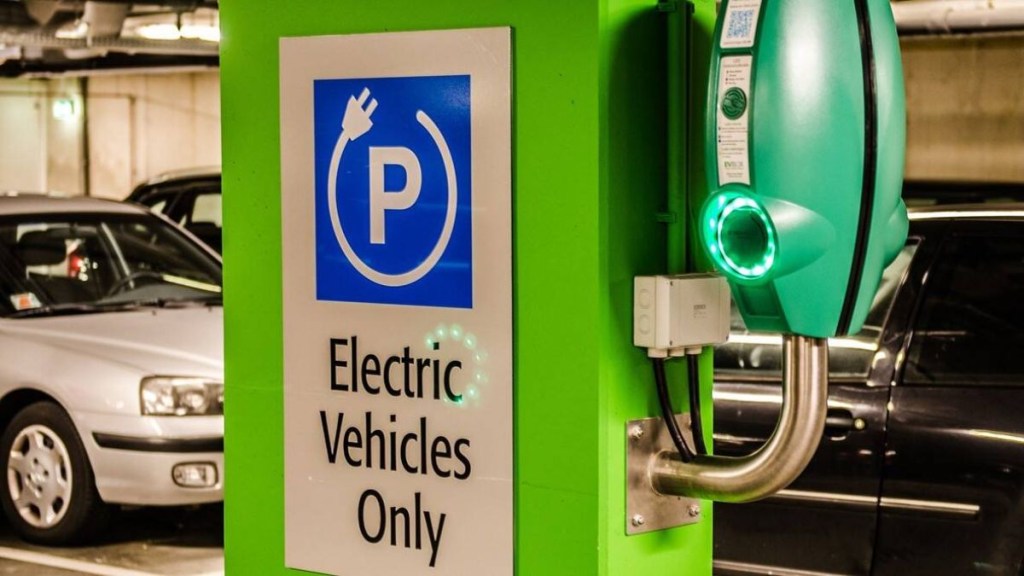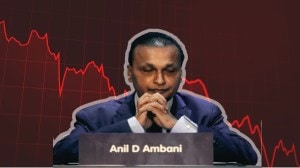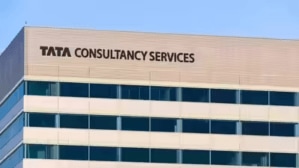The country’s first all-electric cab hailing firm, BluSmart, which recently clocked 10 million emission-free rides in a little over four years of its operations, is looking to raise additional funds. However, the company has not been able to meet the targetted amount. Anmol Singh Jaggi, co-founder and CEO, shares with Anees Hussain the company’s expansion plans. Excerpts:
You had a fund raising target of $250 million, but could manage to raise only around $42 million. Why?
A. Out term sheet was ready. However, the current and incoming shareholders couldn’t agree on certain terms and conditions, hence, we could not close the round. We raised an additional $42 million in the recent round in April which included an equity round of $37 million and venture debt of $5 million. This saw participation from existing investors with almost 50% of the round being subscribed by BluSmart founders and the leadership team.
Will the delay in raising the targeted amount affect your growth plans in any manner? How do you plan to meet the shortfall?
We don’t see the shortfall impacting out growth plans. We have about Rs 350 crore in the bank. The only thing stopping us from scaling up is the poor charging infrastructure. We want to eventually give tough competition to Uber and Ola. We are working on creating more charging hubs. Our charging hubs are currently used entirely by the company, but will be opened up for third parties in a year or two.
BluSmart has been able to capture a significant market share for particular use cases like airport rides. It’s also managed to build affinity with no surge charges, fixed income slabs, etc. What has really worked in your favour?
A. Ourfounding tenet was “the future of ride-hailing is electric”. We adopted an approach of elevating the customer experience by solving the prevailing challenges in the ride hailing sector on both driver partner and user’s side, and creating an ecosystem to further all-electric shared mobility in urban cities. The main reason that BluSmart gained popularity in the last four+ years of existence, is our customer centricity. We have enabled zero cancellations on our rides ensuring trust and transparency. Secondly, the cars are on time, hygienic and clean, with courteous driver partners which ensures a smooth ride experience. Thirdly, the rider has become aware about the environmental impact of mobility and wants to reduce the impact of carbon emissions, which is made possible by using an EV. We have been able to do this through our born electric, full-stack and integrated business model.
Is your current fleet size of 5,000 enough to meet the requirements of running services in Delhi NCR, or Bengaluru?
The two cities of Delhi-NCR and Bengaluru account for over 45% of the ride-hailing market. We have been steadily increasing our fleet by adding close to 300-400 cars every month. We aim to expand our fleet size to nearly 8,000 EVs by March 2024. As our fleet size increases, we will try to reduce the schedule time from our current 30 minutes in Delhi-NCR and might make the app on-demand in the future.








